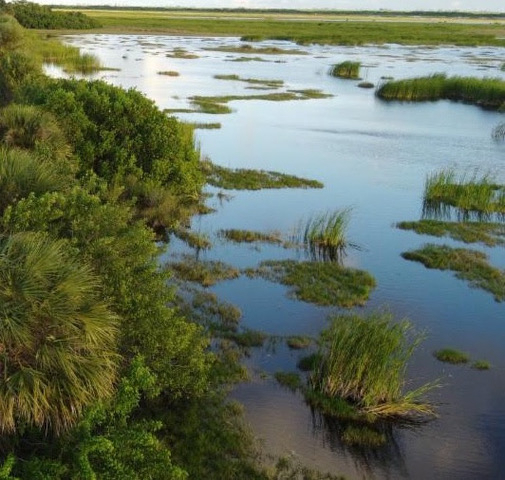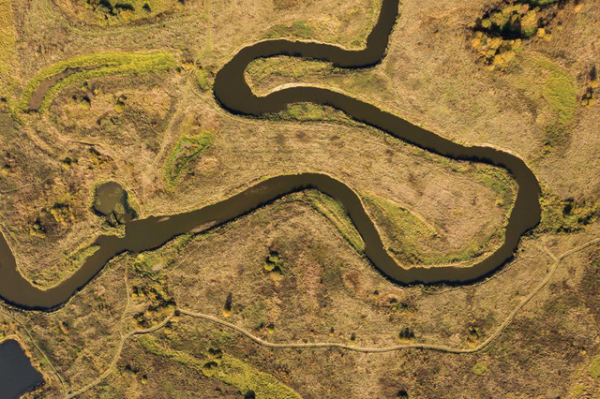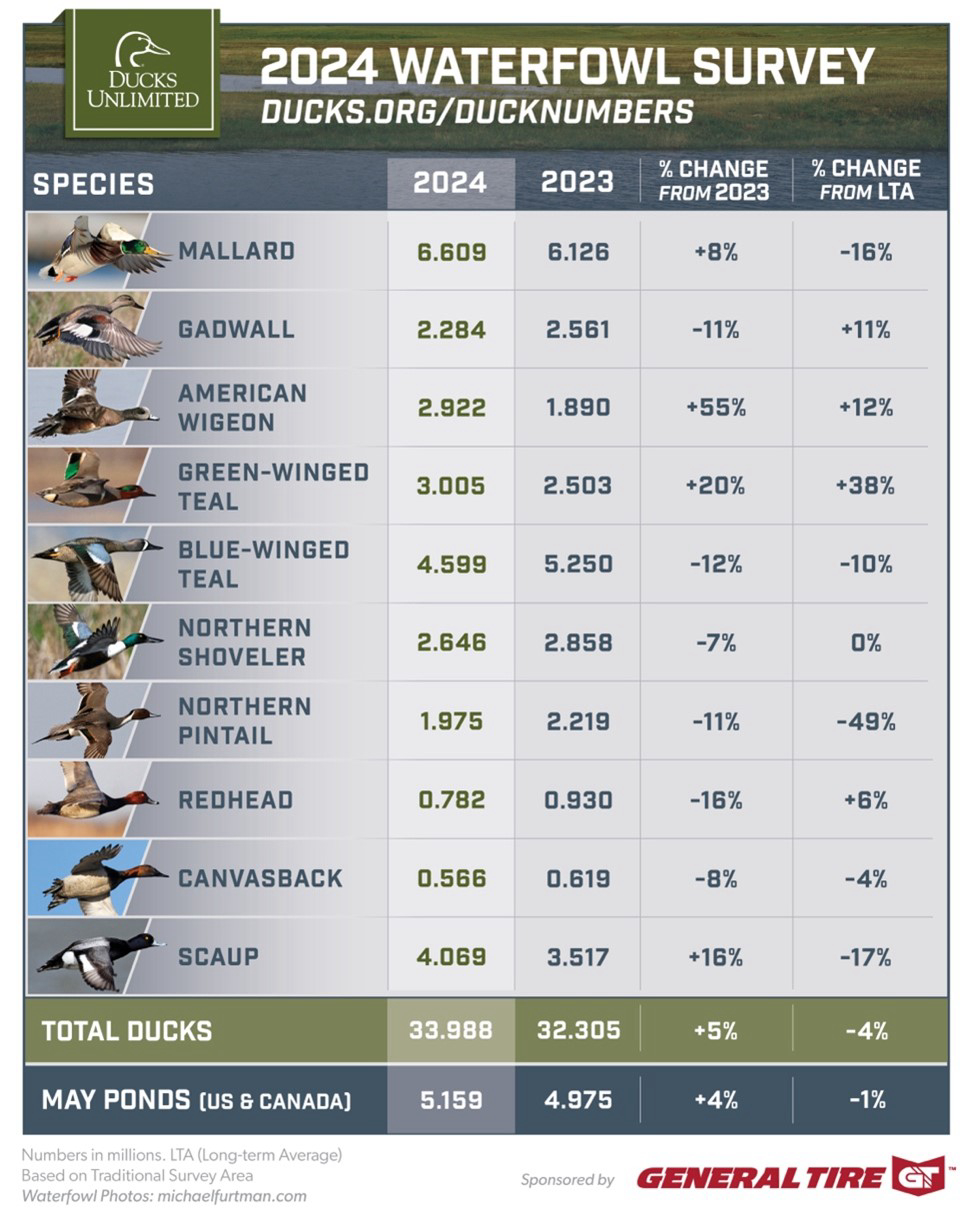Ruling Could Threaten Wetlands That Aid Fisheries
By Frank Sargeant
We used to think of “wetlands” as just plain swamp, useless for producing much but mosquitoes, snakes and frogs. That’s not the case now for conservation-minded anglers and hunters, who realize that these areas are at the heart of producing everything from waterfowl to the clean water that lets fisheries thrive—and they’re also the source of much of the nation’s drinking water.
We note this because the U.S. Supreme Court last month issued a ruling sharply curtailing Clean Water Act protections for wetlands that could be problematic in these days when so many wild lands are being turned into suburbs and shopping malls.
Ruling in Sackett v. EPA, the court limited Clean Water Act protection for wetlands to those with a “continuous surface connection” to other “Waters of the United States,” which will remove federal protections for vast areas of the nation’s wetlands.

Earlier rulings had protected any wetlands with a “significant nexus” to Waters of the U.S., and for decades the Clean Water Act has covered wetlands that are “adjacent” to those waters. In the case in question, the court found that a landowner did not need a federal Clean Water Act permit to fill in a wetland lacking a “continuous surface connection” to a water body flowing into Idaho’s popular Priest Lake, which provides important cutthroat trout habitat.
The problem here is that there are millions of acres of wetlands that are not continuously wet across the U.S. In rainy seasons, they flood, and then in drier months they gradually dry out as the water in them leaches to the water table and/or evaporates.
While most Americans firmly believe that those who own land should be able to determine the use they want to make of it, sometimes the greater good for the greater number has to come into play and place limitations on these uses.
The ruling underscores the need for Washington to defend Clean Water Act protections for small streams, which have been the subject of decades of rulemakings and court cases, including ongoing litigation over the revised “Waters of the United States” rule finalized earlier this year to reinstate protections for millions of miles of small streams.

Trout Unlimited, always a leader in the battle for clean waters, has jumped fully into the issue.
“We are disappointed with the Supreme Court’s ruling,” says Chris Wood, president and CEO of Trout Unlimited. “The court has severely eroded a 50-year national commitment to clean water, and misses the obvious point that wetlands are often connected to streams through subsurface flows,”
“The ruling directly compromises the stated purpose of the Clean Water Act—to make our rivers and streams more fishable, swimmable, and drinkable,” says Hunt. “It is critical that the Biden administration continue advocating for a ‘Waters of the U.S.’ definition that is rooted in science and ensures protection of the small streams and wetlands that provide clean water for people, communities, businesses, farmers, and fish and wildlife.
The ruling is the latest in a decades-long debate over which streams, rivers, and wetlands should be protected by the Clean Water Act. In 2015, Trout Unlimited and partners backed the Clean Water Rule, which was grounded in science and would have confirmed protections for small “ephemeral” and “intermittent” streams, headwaters, and wetlands. That rule was blocked by the courts, repealed by the EPA, and briefly replaced with the Navigable Waters Protection Rule, which offered weaker protections for small streams. In findings published in a peer-reviewed journal, TU showed that half of all waters in the contiguous United States would have been unprotected under the rule.

The EPA finalized a new rule in March, which reinstated Clean Water Act coverage for millions of miles of streams and millions of acres of wetlands.
Rather than clarifying matters, the Supreme Court ruling will lead to more confusion and litigation in the coming years over the Clean Water Act, the revised Waters of the U.S. rule, and protections for wetlands and streams, T.U. says.
Learn more about the issue and TU’s work on clean water here. And just remember, there’s a whole lot more to wetlands than skeeters and bullfrogs.





